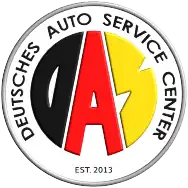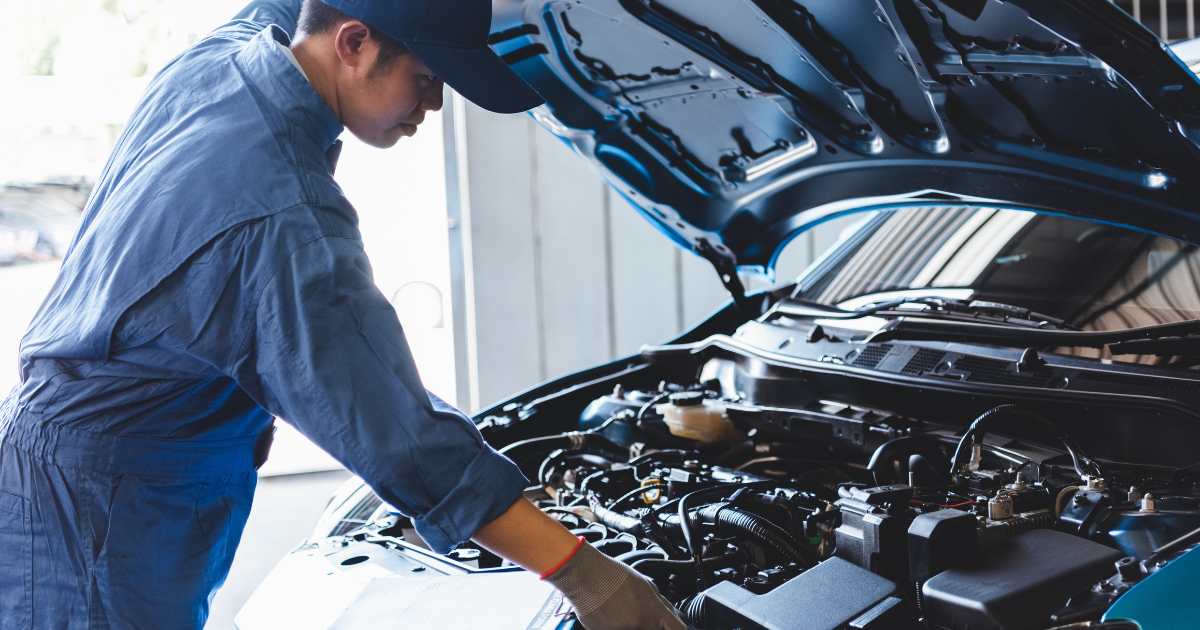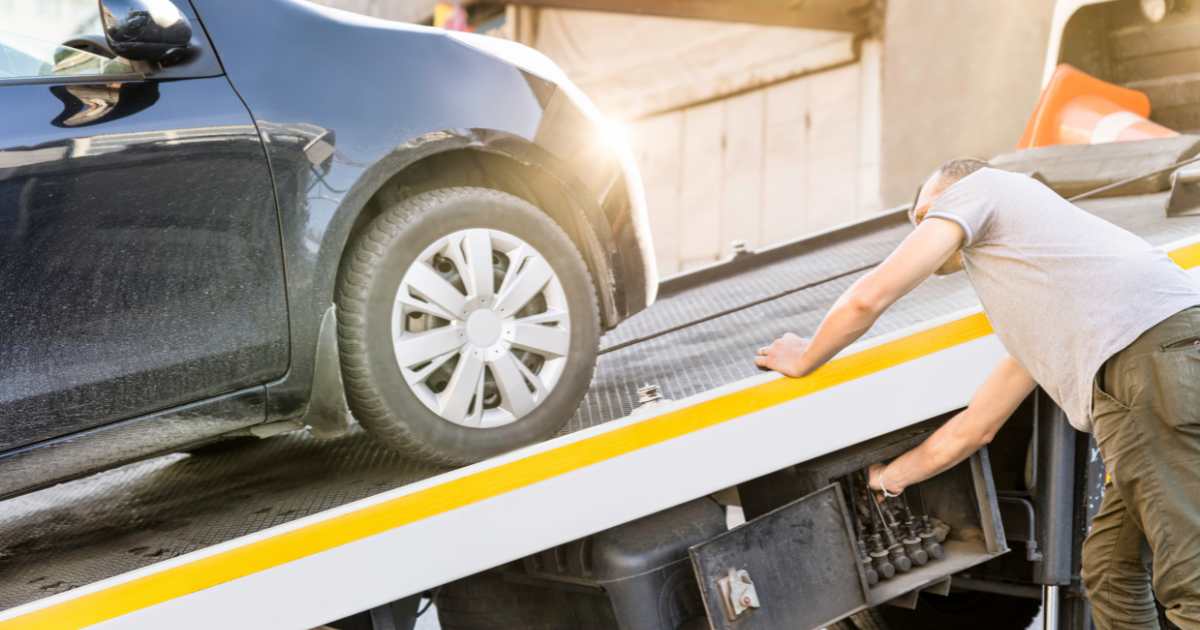If you’ve ever driven and felt your car tremble, you understand how unnerving it can be. It can be a sign of a more significant issue with your vehicle in addition to making for an uncomfortable journey. Traveling to work every morning while trembling and vibrating on the road is not a good idea.
Hence, understanding the causes of car shaking, one of the most common issues drivers face, can provide relief. There are a few typical reasons, whether during braking or acceleration. Let’s look at them in detail.
Why Does My Car Wobble When I Drive?
Tires
Tires make cars vibrate when they are moving quickly. Whether a vehicle has four wheels or two, tires play a vital part. Tires allow the car to operate smoothly on the road. A tire issue will considerably impact the vehicle’s speed and increase its noise. A car with bare-rim tires is typically more challenging to brake or slippery, and a flat tire will make the automobile vibrate.
Unbalanced tires, such as those that are too small or subpar, can also cause vibrations in an automobile. For the car to go straight and steady, the air in the tires must be dispersed equally. Driving with unbalanced tires not only causes discomfort due to vibrations but also leads to
- uneven tire wear,
- reduced fuel efficiency,
- and compromised safety on the road.
Unaligned tire rotation makes the car seem unsteady and unbalanced. Vibration makes driving uncomfortable and poses a risk if you have to drive it. Due to the automobile tires’ varying air pressure, the shock breaker will become heavier. The steering wheel may also sustain damage if the harm is ignored for an extended period.
Engine
When a car is driven quickly or at a high pace, one of the things that makes it vibrate is the engine. The car’s electrical components, like the rotors and joints, will be harmed or have issues if the engine is not given enough fuel and is left running.
Additionally, the engine will not function at its best. The engine’s performance will suffer if the car’s clutch is depleted and its settings are inaccurate or wrong. If the motor is not working well, the automobile will vibrate when you drive it fast.
Shock Breaker
An automobile that vibrates may also be the result of poor performance. The shock breaker, also known as the shock absorber, is a crucial component that helps lessen and dampen vibrations while the automobile moves. If the shock absorber is faulty, the car will inevitably vibrate.
Such situations must be rectified quickly to restore the car’s optimal performance and make it more pleasant to drive at high speeds.
Brakes
A vibrating car might also be caused by a braking issue, which is a simple diagnosis. To see the problem with the brake disc, you accelerate the vehicle and apply the brakes. A physically defective and nearly exhausted disc will lessen the braking force and vibrate when the brake is used. This type of brake disc needs to be replaced.
Axles
Axles that are damaged or in poor condition can also cause an automobile to vibrate while being driven. A collision can cause rapid damage to the axle, especially if deemed severe. Broken axles undoubtedly cause unstable wheels and automobile vibrations.
Vibrations will occur when driving at a fast pace. If the car is overloaded, the axle may sustain damage. The axle is one of the car’s most important parts because it is located at the bottom. The car’s stability and handling will be severely impacted if the axle is compromised.
How to Repair the Wobble
Rest assured, the solution to your car’s vibrations is within reach. Seek the expertise of a qualified mechanic to balance your tires or realign your wheels, providing you with the support and security you need.
Adjust Wheels
A specialized machine will enable your mechanic to adjust your wheels. The angles at which they rest must be adjusted so that the wheels revolve at the same pace while traveling in a specific direction.
Small weights are added to that side to equalize the rotational rate of the wheels and bring the faster spinning side down to speed. At your mechanic’s recommendation, wheel alignment or tire balancing should be performed around once a year.
Replace Defective Plugs
As part of your responsible and proactive approach to car ownership, ensure your mechanic inspects your spark plugs during routine maintenance. This will help prevent premature wear and keep your car running smoothly.
If you are confident, you may even remove the plugs from your engine using a wrench and an ignition adapter, then visually inspect them for damage. Look for signs of wear, such as carbon deposits or erosion, on the spark plugs. If you notice any damage, replacing the defective plugs is the solution.
Empty/Swap Air Filter
Your car’s air filter is usually placed close to the front and is easy to remove without requiring specialized tools or knowledge. If your filter is filthy, acquire a new one and put it in instead of using an air hose or compressor to blow the particles and dirt off it.
Fix the Suspension
We do not advise doing suspension repairs independently because they can be tricky, even though changing the shock absorbers might not take too much work.
Replace Your Wheel Bearings
Changing wheel bushings is a simple procedure you can do independently. The key is purchasing long-lasting, efficient, and superior-quality bearings.
Conclusion
Once you have identified the source of your wobbling issues, it may be time to have it inspected by a reliable mechanic for car service in Dubai. Take your automobile to a trained mechanic who can identify the problem and offer you the best possible remedy so that it operates smoothly and safely once more. Remember to have your wheels aligned as well; it will ensure your vehicle remains steady for many years!






